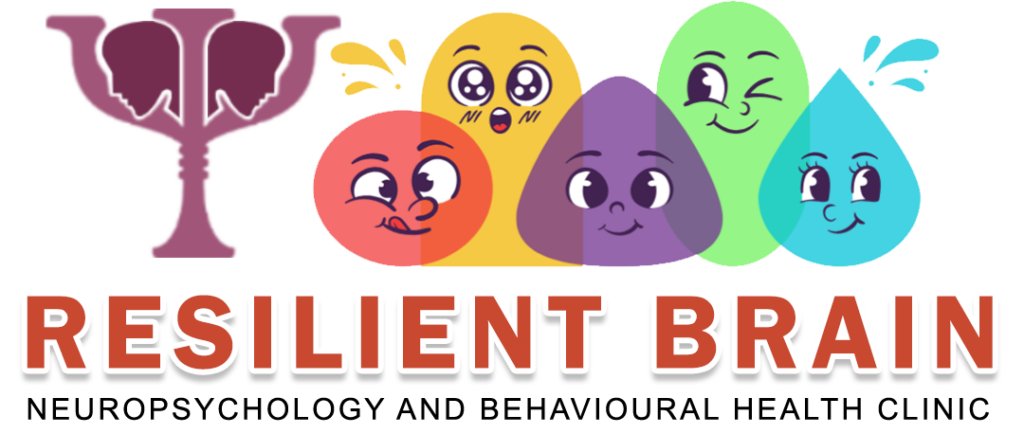Intellectual disability (ID)

Intellectual disability (ID)
What Are the Most Common Causes?
The most common causes of intellectual disabilities include:
Genetic conditions: These can result from abnormal genes inherited from parents, errors during gene combination, or other factors. Examples include Down syndrome, Fragile X syndrome, and phenylketonuria (PKU).
Complications during pregnancy: Intellectual disabilities can occur if the baby does not develop properly in the womb. This can happen due to cell division problems or if the mother drinks alcohol or contracts infections like rubella during pregnancy.
Problems during birth: Complications such as a lack of oxygen during labor and delivery can lead to intellectual disabilities.
Diseases or toxic exposure: Illnesses like whooping cough, measles, or meningitis, as well as exposure to toxins like lead or mercury, can cause intellectual disabilities. Severe malnutrition or inadequate medical care can also be contributing factors.
Intellectual disability is not contagious and cannot be spread from person to person. It is also not a type of mental illness, like depression. There are no cures for intellectual disability, but children with these disabilities can learn many skills. They may just need more time or different methods of learning compared to other children.
How is it diagnosed?
Diagnosing intellectual disability typically involves multiple steps. It requires evaluating both intelligence and adaptive behavior. A key part of the diagnosis is identifying a person’s strengths, not just their challenges. Understanding strengths helps tailor treatments and interventions to support these areas and manage difficulties.
Various tests and methods are used for these assessments, depending on the person’s age. Some tests can identify intellectual disabilities in very young children. However, determining the severity usually requires IQ testing and a full assessment of adaptive functioning when the child is older.
Experts classify intellectual disability severity into four categories:
Mild: Individuals have an average mental age of 9 to 12 years. They may face difficulties with learning and complex tasks but often manage well with early interventions. Many can live and work independently. About 85% of people with intellectual disabilities fall into this category.
Moderate: Individuals have an average mental age of 6 to 9 years. They can communicate using simple language and achieve about an elementary school level education. They may learn to live somewhat independently but often need support, such as living in a group home.
Severe: Individuals have an average mental age of 3 to 6 years. They communicate with single words, phrases, or gestures. They require daily support for most activities and aspects of life.
Profound: Individuals have an average mental age of below 3 years. They usually communicate nonverbally and understand some gestures and emotional cues. They need 24/7 medical care and support for all activities and daily living needs.
How is intellectual disability treated?
- Educational support and interventions: These involve making adjustments to educational programs and structures. For example, an Individualized Education Plan (IEP) is a customized educational plan tailored to meet the needs of the individual.
- Behavioral support and interventions: These help individuals learn adaptive behaviors and related skills to improve their daily functioning.
- Vocational training: This type of training teaches work-related skills to help individuals with intellectual disabilities find and maintain employment.
- Family education: This helps families and loved ones understand intellectual disabilities and how to best support their loved ones.
- Medications: While they do not treat intellectual disability itself, medications can help manage conditions or symptoms that may occur alongside it.
- Community support: Individuals and their families can reach out to local government agencies or support organizations to access services such as in-home support, work environment accommodations, and daytime activity programs.

